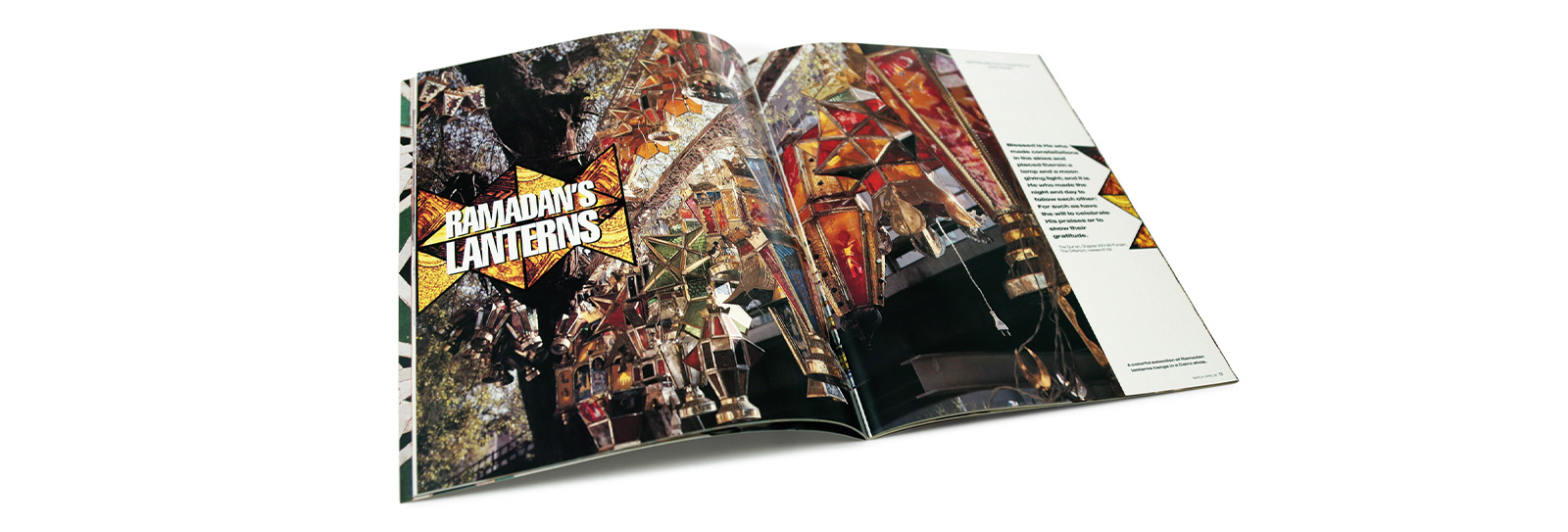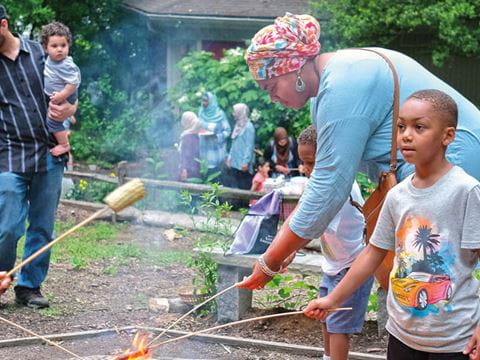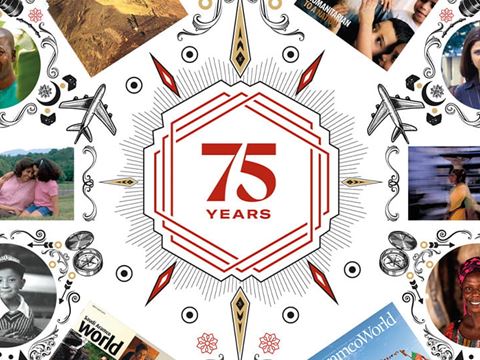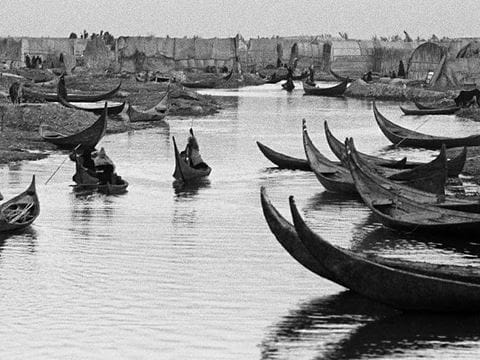
Find Ramadan Lanterns on Cairo's Streets with John Feeney
In the March/April 1992 issue, writer and photographer John Feeney took AramcoWorld readers on a walk through the streets of Cairo during Ramadan.
In the March/April 1992 issue, writer and photographer John Feeney took AramcoWorld readers on a walk through the streets of Cairo during Ramadan. There, they were illuminated with the cover story and tradition of “Ramadan’s Lanterns.” Feeney, a longtime contributor with close to 100 credit lines in AramcoWorld, spent more than 30 years in Egypt, sharing stories and educating readers across the globe.
Ramadan, the ninth month of the Hijri lunar calendar, marks a time for fasting, blessings and prayers. Muslims give thanks to God during this holy month, and within Arab countries, one can find lanterns and other decorations adorning homes throughout. Merchants in larger cities even get in on the festivities, bedecking storefronts with these Ramadan lanterns, or fawanees as they’re called in Arabic.
“One week before Ramadan begins,” writes Feeney in his 1992 story, “part of Ahmad Maher Street, for most of the year a humble thoroughfare in the old medieval quarter of Cairo, is transformed. Usually home to tinsmiths, marble-cutters and makers of mousetraps, for one glorious month it becomes ’The Street of the Lanterns.’”
Discover more about this story and more from our FirstLook section.
You may also be interested in...

Ramadan Picnic Photograph by Zoshia Minto
Arts
On a warm June evening, people gathered at a park in Bethesda, Maryland, for a community potluck dinner welcoming the start of Ramadan.
AramcoWorld: 75 Years of Visual Storytelling Through Photography
Arts
History
Part 2 of our series celebrating AramcoWorld’s 75th anniversary this year highlights “visual vagabonding”—the magazine’s expanded use of vibrant images over the decades to fulfill the mission of cultural connection.
The Lost World Of Southern Iraq's Marsh Arabs
History
Arts
In late 1967, photographer Tor Eigoland traveled for more than: a month, mostly by canoe, among the countless villages of southern Iraq's vast marshes. Now, 45 years later, writer Anthony Sattin calls his photographs a "rare and ethnographic record of a lost world. They bring us back to a time and place where people lived in harmony with their environment and respected the balance the natural world needs to thrive.'